If you want to see how warped the current U.S. COVID-19 travel restrictions are, consider this: in 2019, there were 15.4 million air passenger arrivals from Mexico, almost 7 times the number from Italy. Today, despite Mexican COVID-19 prevalence being higher than in Italy, Delta variant cases permeating both countries, and Italy having administered well over double the number of Mexico’s vaccinations per 100 people, entry for non-Americans from Italy to the U.S. is banned, but people can fly in from Mexico irrespective of their vaccination status.
Despite months of clarity that the current COVID-19 U.S. air travel passenger rules defy basic logic, though, the White House remains stubbornly unmoved. “Given where we are … with the Delta variant,” press secretary Jen Psaki said Monday, “we will maintain existing travel restrictions.” There was no acknowledgement of the incoherence of the current orders in terms of the countries they apply to, the people they apply to, or the changing context of COVID-19 in a world of vaccinations, let alone the dreadful impact of the rules on families and the economy.
Since last spring, the U.S. international border has generally prohibited entry for those who have been in the Schengen EU travel zone (the EU’s passport free countries), the U.K., Ireland, Iran and China within the previous 14 days. India, South Africa and Brazil were added to the restricted list during their respective outbreaks. Briefly scrapped by President Donald Trump in the dying days of his presidency, all bans were reinstated when Joe Biden took office.
Not that the rules apply to everyone. American citizens, permanent residents, dependents, spouses, children and certain student visa holders or permanent visa applicants are exempt. But nonimmigrant U.S. work visa holders and non-American visitors to the U.S. are not. The virus is discerning by nationality, apparently, although one requirement isn’t: all air entrants from foreign countries must have evidence of a negative COVID-19 test result within 3 days of entry.
This combination of rules clearly makes no sense for mitigating COVID-19 transmission. First of all, the virus is no longer limited to these travel ban countries. It’s everywhere. Yet entrants to the U.S. from places with much higher COVID-19 prevalence than the banned countries are, perversely, waved in with just a negative test result.
Poland currently has one of the lowest COVID-19 population-adjusted case rates anywhere in the world, averaging just 102 cases per day over the past week. But non-Americans coming from Poland are not permitted to enter the U.S. If you want to visit here from COVID-soaked Malaysia, on the other hand—a country with 161 times the Polish population case rate, averaging 12,500 new cases per day—all you need is that negative test result.
Okay, you might say, but aren’t travelers from Malaysia to the U.S. relatively small in number compared with those who would travel from Europe? Yes. But traveler numbers from non-banned Mexico are high. Last year, in fact, 3.7 million people entered the U.S. via air from there as the pandemic raged, including many seeking to circumvent the travel ban on Europe by spending fourteen days in Central America. Today Mexico has a higher COVID-19 prevalence than over half the travel banned countries, yet the U.S. air border remains open to all from that country.
How does this make sense? The strongest argument for this absurdity is that the bans reduce “unnecessary” travel from countries with usually high numbers of flights, and that it would be disruptive to keep revising the list of travel-banned countries. As someone who has observed how the UK government sent British holidaymakers in France into disarray by changing the country’s travel status abruptly, I sympathize with the implications of constantly changing laws.
But the Europe travel bans were introduced 16 months ago in a very different world. Some European countries have today suppressed the virus to low levels or vaccinated relatively more people than the U.S. While we’ve seen that new outbreaks or variants can flare at any time, a bit of updating to the new context is long overdue. As data analyst Nate Silver has said, the State Department seems perfectly capable of quickly updating guidance on where U.S. citizens should travel to. Why the administration is so paralyzed on reassessing its own border policy remains a mystery.
Indeed, if some of these routes aren’t worth reopening today, with the economic benefits of allowing travel surely higher than the marginal uplift in the cost of the public health risk for low prevalence countries, then perhaps the president should enlighten us under what conditions things would be reassessed.
The insanity of these rules is even more apparent when one considers who they apply to. They do not discriminate by vaccine status, for example, but do by nationality. So an unvaccinated American could have traveled to and from COVID-ridden Colombia when cases were soaring there in June, but a vaccinated British businessman looking to invest in the U.S. at the same time couldn’t enter the country.
Given vaccines are highly effective, economist Alex Tabarrok has proposed we scrap all the current travel rules and simply allow anyone worldwide who has had a WHO-listed vaccine to enter normally. At the very least, there should surely be exemptions to existing bans for travelers who have been double-jabbed.
Yes, it’s true that some people who have been vaccinated have been found to still spread the virus. But, as Tabarrok says, it’s about the balance of risks. Who seriously believes a test “within three days” of U.S. entry is a more robust mitigation tool for the virus than a high-efficacy vaccine? In suggesting otherwise, things like the travel bans continue to needlessly contribute to ongoing vaccine hesitancy.
Perhaps you think, “these restrictions are just there to reduce international travel somewhat, they don’t apply to Americans anyway, and so why should I care?” Please consider: The U.S. airline, tourism, and entertainment industries collectively employed tens of millions in 2019, and continue to be suffocated by these arbitrary rules. The failure of the U.S. to reevaluate the rules even for countries where disease prevalence is lower than here or vaccination rates higher risks the U.S. losing international goodwill as others re-open borders to Americans (just Wednesday, the UK removed all quarantine restrictions for visiting Americans). But most of all, the impact on families, both here and abroad, has been catastrophic at a human level.
Charlie Cooke has written movingly about how the UK travel ban has prevented his vaccinated family from spending time with their grandchildren. But as an American citizen, he at least had the opportunity to visit his UK birthplace over the past year. That option was never really available to those of us from restricted countries on nonimmigrant work visas, such as H-1Bs. Leave the U.S. to visit our homelands or families and, right now, we cannot re-enter America, despite holding jobs, building homes, and cherishing loved ones here.
The failure to exempt from these travel bans people who live, work, and pay taxes in the U.S., even when vaccinated, has caused great anxiety and stress for many people who contribute a lot to the country. Tales of even vaccinated Indians who returned home to bury loved ones being locked out of returning to America were particularly harrowing. Missed funerals, separated partners, and missing years of young family members’ lives—with these bizarre rules, the U.S. government is losing the respect of those who actively chose this country.
Everyone has sacrificed a lot over this past year, of course, so we shouldn’t pretend these U.S. travel restrictions are uniquely draconian. Various countries have shown that well-targeted border policies can have clear public health benefits, at least in holding back the COVID-19 tide when prevalence of the disease is low.
But in a world in which U.S. cases are already rising, the continuity of rules that restrict entry from even low-risk countries or vaccinated travelers, while allowing high-risk travel for other groups of unvaccinated travelers, is totally illogical. Those involved know it, but they just don’t seem bothered about changing it, whatever the consequences for their credibility.
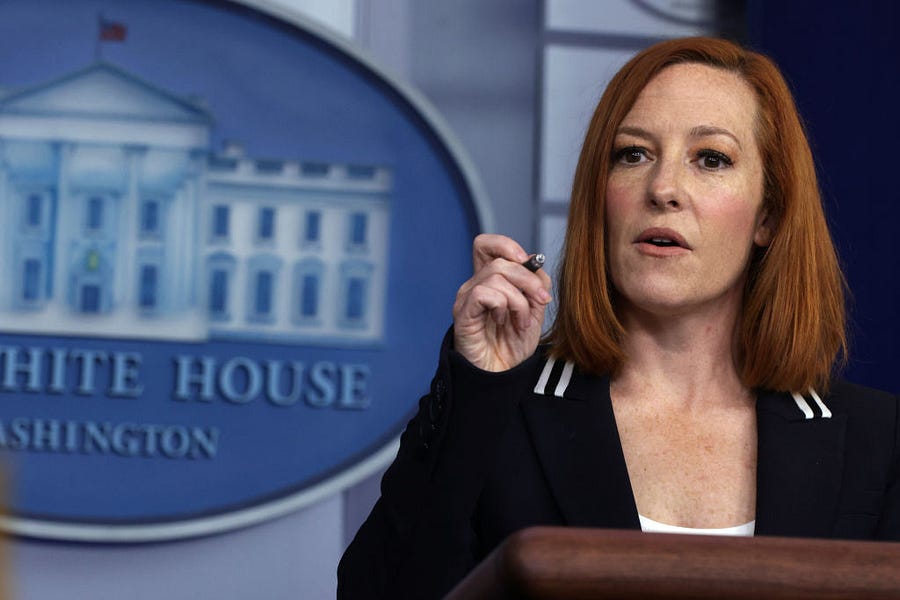
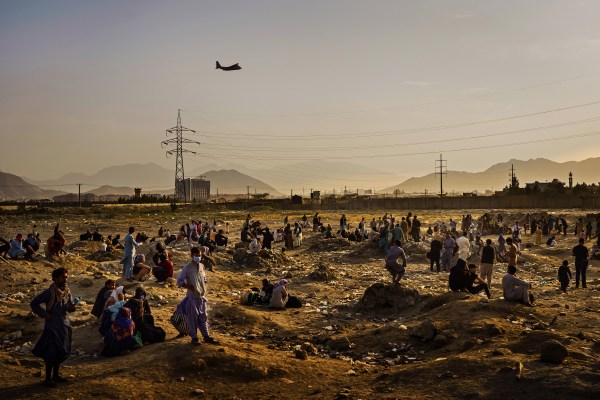
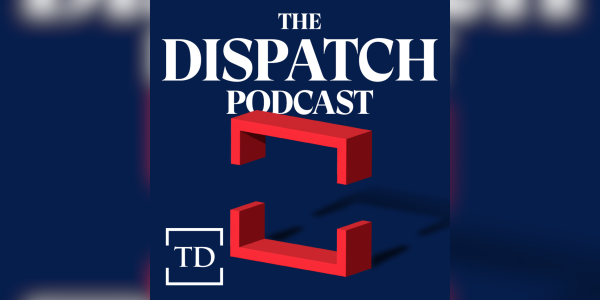
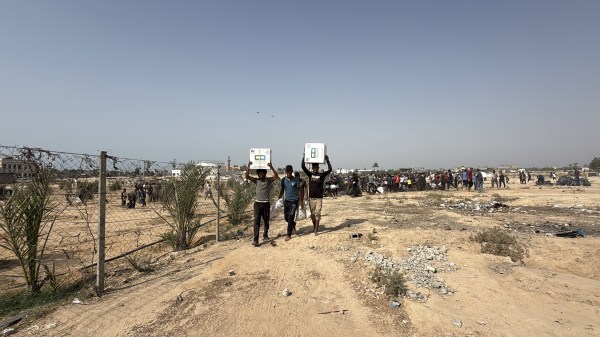
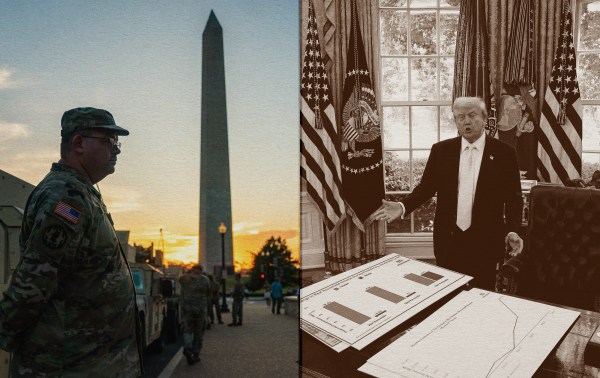
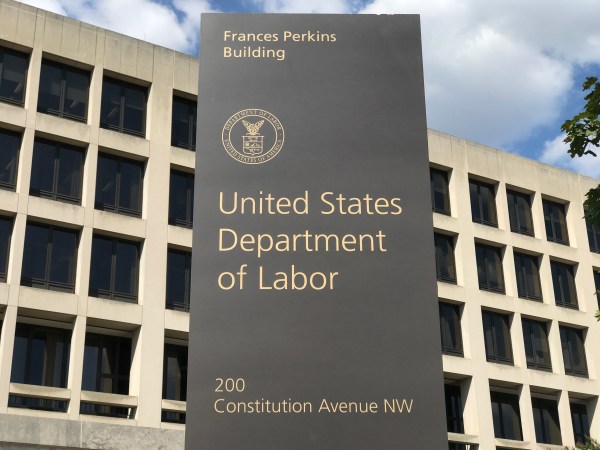

Please note that we at The Dispatch hold ourselves, our work, and our commenters to a higher standard than other places on the internet. We welcome comments that foster genuine debate or discussion—including comments critical of us or our work—but responses that include ad hominem attacks on fellow Dispatch members or are intended to stoke fear and anger may be moderated.
With your membership, you only have the ability to comment on The Morning Dispatch articles. Consider upgrading to join the conversation everywhere.